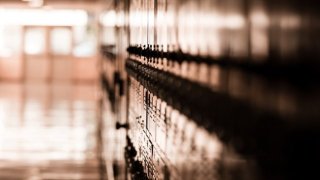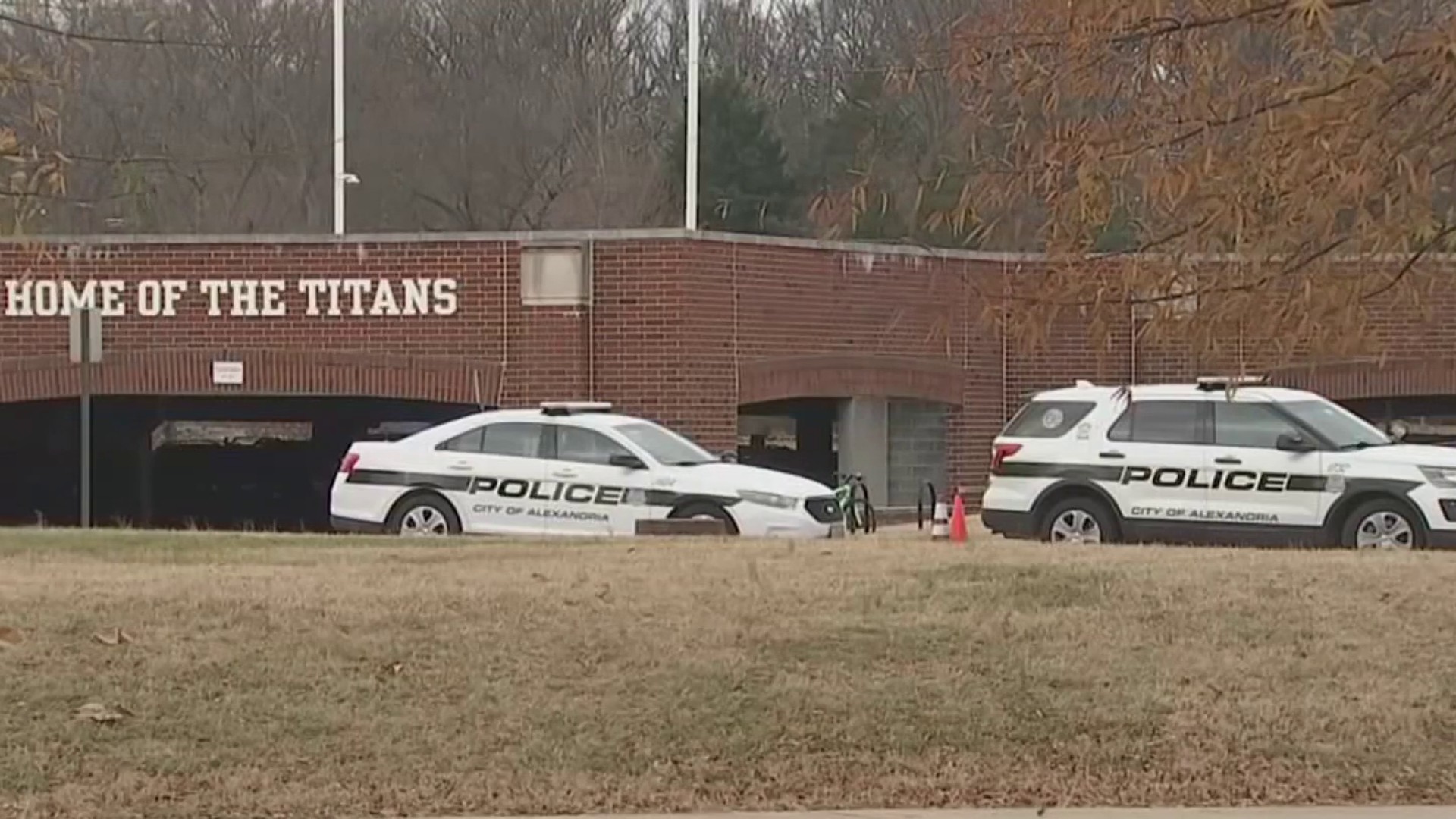
An elite public high school in Northern Virginia discriminated against Asian American families when it overhauled its admissions policies amid a push to increase Black and Hispanic representation at the school, lawyers argued Tuesday.
A federal judge in Alexandria heard arguments on whether the new admissions policy at Thomas Jefferson High School for Science and Technology discriminates against Asian Americans, or simply tries to level the playing field so that other minorities can gain admission.
The case has garnered significant attention in part because of the school's prestigious status: it was ranked the best public high school in the nation by U.S. News and World Report. Large numbers of graduates are routinely accepted to Ivy League schools, and parents in the region jockey to get their kids admitted.
But Black and Hispanic students have been woefully underrepresented in the student body for decades. In 2020, as the debate over racial equity intensified nationwide, the Fairfax County School Board significantly revised the admissions policy. Standardized tests that had been the key factor in admissions were scrapped, and a $100 application fee was eliminated.
We've got the news you need to know to start your day. Sign up for the First & 4Most morning newsletter — delivered to your inbox daily. >Sign up here.
Instead, the school board switched to a policy that guarantees admission to the top students at each of the county's middle schools. It also takes into account factors like whether the child is eligible for free or reduced-price lunches because of his or her family's income.
Chris Kiesar — an attorney for the The Coalition for TJ, which filed the lawsuit — said the geographic quotas are merely a proxy for racial quotas, and that the school board's intent all along was to increase Black and Hispanic representation at the expense of Asian American families.
He said the school board was successful in doing so: in the first year that the new admissions policy took effect, Asian representation decreased from 73% to 54%. The percentage of Black students increased from 1% last year to 7%. Hispanic representation increased from 3% to 11% and white representation increased from 18% to 22%.
Northern Virginia
Northern Virginia news, events and updates
“Racial balancing was always at the forefront of what was going here,” he said. He cited comments made by school board members throughout the debate over changing the policy, which he said were always focused on racial composition. In court papers, lawyers for the coalition also cited text exchanges between board members in which one member says “there has been an anti asian feel underlying some of this, hate to say.”
Sona Rewari, an attorney for the school board, said there is nothing discriminatory about the new policy and that it is merely designed “to give top students from every part of Fairfax County a meaningful opportunity to attend TJ.”
She also argued that if the plaintiffs' legal arguments were adopted, any effort to level the playing field to address past wrongs would automatically be unconstitutional, because increases for Black and Hispanic students would necessarily come at the expense of Asian students who make up a clear majority of the student body.
The proper standard, she said, is to determine whether the board acted with a desire to harm Asian Americans, and she said no evidence of that exists.
The case in Alexandria is being heard while the U.S. Supreme Court is weighing whether to hear a similar case filed by Asian families against Harvard University over its admissions policies.
U.S. District Judge Claude Hilton gave no indication at Tuesday's hearing of how he might rule, but he said he sees no reason to hold a trial on the matter. That means his ruling will decide the case, though either side will be free to appeal.



